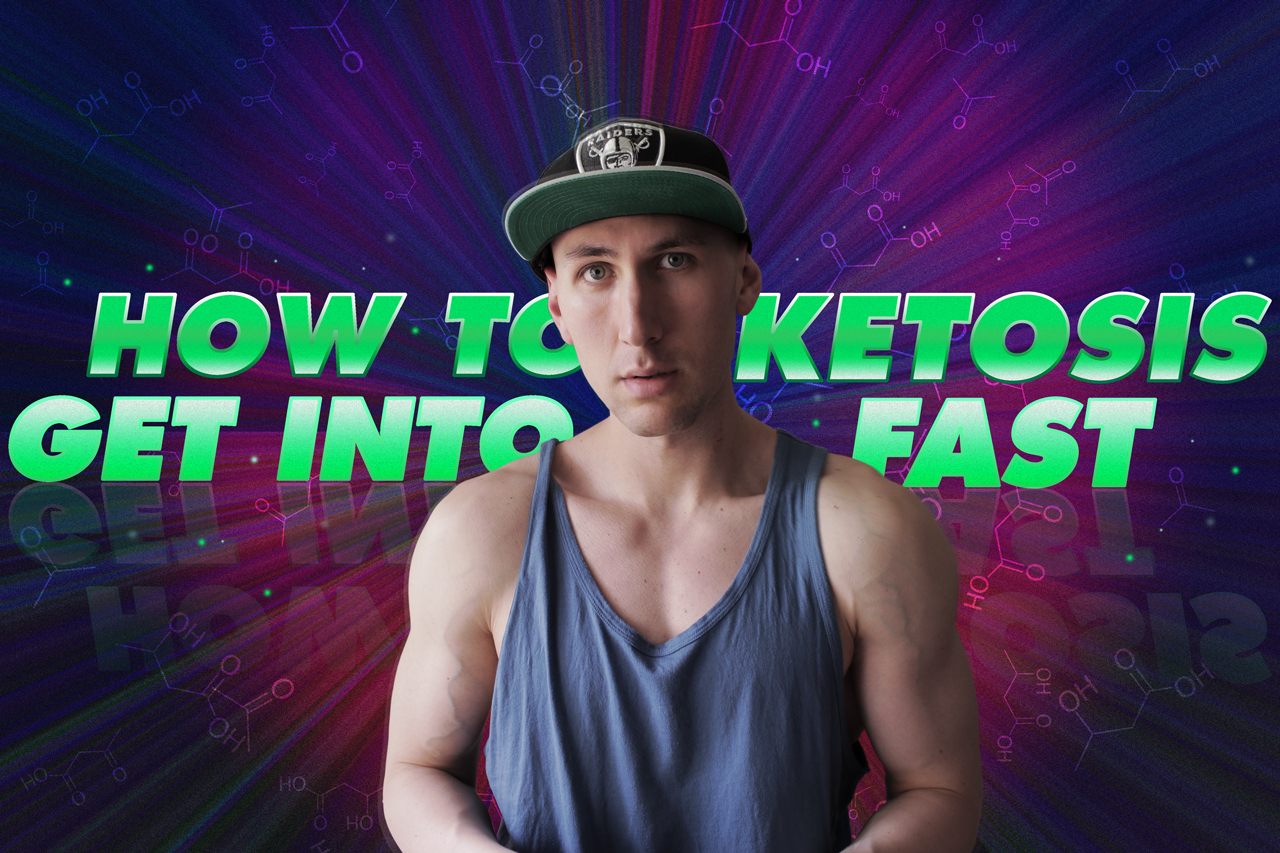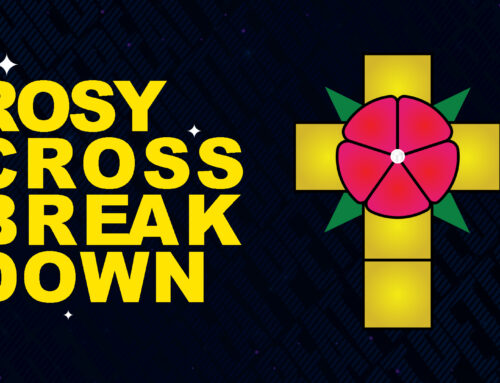Control blood glucose and Insulin levels
Deplete glycogen i.e get rid of the stored carbs
In order to do so, you have to exercise on empty stomach and stay fasted as long as you can. I bet you don’t hear the second part often, but it actually speeds the whole process more than you can imagine.
It would be wonderful to do 24hour fast, but do you know what is better? A 36 or even 48 hour fast. That leads to what is often referred as complete glycogen exhaustion. Going beyond the 24 mark almost guarantees you’ll start burning fat for fuel. It puts you in what is called mild ketosis or lightly adapted state (0,5mmol).
Ketosis definition: A metabolic state in which the body burns ketones instead of glucose for energy.
Insulin and Glucagon
Those are the hormones that regulate the levels of your blood glucose. Not consuming any food for extended period of time (more than a day) will down regulate your insulin levels and up regulate those of your Glucagon. The Glucagon will signal your liver to convert the stored glycogen (carbs) back into glucose. When that happen, your liver will push that glucose back into your bloodstream, so your body can utilize it. In other words: Staying without food for more than a day makes your body burn all of the stored sugar.
Exercise and physical activity
During the period of not eating you will do one high volume workout and one fairly long walk. As long as for the gym training, it would be better if you hit a bigger muscle group. The bigger the muscle group, the more glycogen it burns when you train it. For example: legs, back, or even a chest and back (supersets) are all great options for depleting workout. Using high volume and variety of exercises also helps you burn more of the stored sugar. Do not move too fast from set to set and take plenty of rest in between.
You can do the walking immediately after you train or few hours later. What always worked for me was more than hour long walk in the local park. In order to avoid boredom during walking prepare some awesome audio books on your phone and always choose nature over the treadmill.
Intensity
When your goal is entering the ketogenic state, high intensity training is definitely not your friend, actually its the totally opposite. Any high intensity activity elevates your heart rate more than you want because it forces your body to burn glucose instead of fat. Obviously in this case, that doesn’t work in your favor. What you want to do is keeping the intensity of both (the workout and the walk) relatively low. So make sure to stay somewhere between 50-70% of your heart rate range.
Diet
Eat massive amounts of fat (1.5 to 2.5g per kilogram of body weight) and moderate protein (not more than 0.7 to 1.5g (per pound of lean body mass). Up to 75% from your daily caloric intake should come from fat, 20 to 25% should come from protein. Getting enough high quality fat is the most challenging thing on this diet. You can try using buttered coffee if you struggle eating enough fat. Lean proteins are no longer your friend on this diet.
Forget about the carbs and trans fats such as hydrogenated oils. Types of fats matter.
You can’t go wrong by sticking to quality animal products:
- Grass fed red beef
Organic chicken and turkey
Pastured pork
Whole free range eggs
Wild caught fatty fishes
Eat more animal fat
The animal fat is the closest to the one of our bodies. Once your body starts using it for fuel, it will have no problems tap to its own reserves.
Don’t overdo your protein
High protein low fat doesn’t work. Since they contain a little bit of sugar, when the proteins are too much your liver converts the excessive amounts into glucose. That shuts down ketogenesis or as many people prefer to call it: It kicks you out of keto. So, in order to not let that happen use the fatty cuts of meat and always add some more fat.
Entirely eliminate carbs from your diet
Remove all of the starchy and non starchy carbs from your diet. I don’t like saying it but that includes veggies at least for a while. It is not permanent, it is just an effective tactic to get into ketosis the fastest possible way. That is not just a HFLC diet. It is a straight ketogenic one.
- Since until yesterday sugar was your preferred fuel source, your brain is addicted to it, so it will search for it. That means even in small amounts the carbs that come from veggies can interfere with your adaptation.The best thing you can is to getting your daily carbs as close as you can to zero. The closer you get the better, but remember zero is best.
The first time when I really adapted was the first time I stayed only on meats, eggs, butters and oils. By doing the same you won’t have any difficulties getting zero carbs per day.
Simultaneously with the elimination of carbs you have to increase your salt intake. Use high quality sea salts and also make sure to add free of starch or sugar magnesium supplement. That will keep your electrolytes balanced and help you not get any cramps.
Carbs make you retain water. One gram of carbs retains approximately 2.7 to 3.5g of water. Once you stop eating them your body will excrete a lot of water. In order to replenish those amounts and avoid dehydration you have to drink plenty of water. I recommend the spring water, because it is a lot less taxing to the kidneys.
Continue with fasting
Fasting elevates your blood ketone levels, because it makes your body mobilize the stored fat for fuel. Applying an intermittent fasting is tactic you should definitely use. Fasting promotes ketosis and ketosis makes fasting effortless. Remember the longer you fast the more fat your body will burn.
Using the 8.16 approach is a great starting point. Once you begin feeling secure following it, you can start working towards reducing the duration of your feeding window.
Do not overthink the 20 to 30g of carbs
Even in small amounts carbs can confuse your body during the period of adaptation. That slows everything. There is a right time for them, but it is not during the early phases of your adaptation. If you are completely new to this and its your first or second time adapting, I strongly suggest not ingesting any veggies at least for the first 2 to 3 weeks.
*Nuts and seeds also contain some carbs, so not including them during during that period may be the best for you.
- Two most common mistakes
Eating too much protein.
Focusing on those 20 to 30 grams of carbs from vegetables.
Believe it or not those 20 to 30 grams are not doing any good to you, so do not eat them and do not think about them during the first 2 to 3 weeks. In fact regardless of what most of the “gurus” preach those 20 to 30g vary for each and every individual and their personal carb tolerances.
By any means they are not a necessity and often all they do is slowing the whole adaptation process. Instead of stressing them insufficient amounts of carbs focus on the fats. Getting enough is the most challenging thing on this diet. It makes no sense to overthink those 5% of calories.
After the second week you can start adding some dark green leafy veggies such as: Salads, Kale, Cauliflower, Rocket salad and others. Keep the daily amount of carbs around 20g.
People’s biggest concern is that keto will make them catabolic and they’ll loose their hardly gained muscle mass. I can ensure you, that won’t happen, because ketones are muscle and protein sparing.
Avoid stress and get plenty of rest
Prioritize sleep and develop good sleep hygiene. Use sleep tracking applications in order to make sure you’re body enter deepest phases of sleep. Trying to reduce the amount of your sleep when keto adapting is the last thing you want to do. Bellow are 6 simple steps you can take to optimize your sleep.
- Go to bed and wake up around the same time
Use sleeping mask and ear plugs
Use F.Lux on all of your screens
Sleep in a room with cool temperature
Make your bedroom as dark as possible
Avoid screens and junk light prior to bed time
How to find if you’re in ketosis
The best thing you can do is ordering what is considered as the gold standard of the ketone meters. The name of the product is Precision Xtra and it is manufactured by a company called Abbott. It is available on Amazon. It measures the concentration of glucose and Beta hydroxybutyrate (BHB) in your bloodstream. Between 1.5 and 3.0mmol is what is considered as moderate ketosis. Those are the ranges optimal for longevity and health. You can also use a breath ketone analyzer called Ketonix. Finally you can also buy test strips from the local pharmacy or drug store and measure ketones in urine.
Even if you don’t use the mentioned tools,I guarantee you’ll notice when your body starts running on fats. You’ll begin to feel happier, more satisfied and capable to make progress. A common side effect is the slight sense of euphoria. If you use simple glucometer you also might notice that your blood glucose levels stay a bit low, but they are stable. That is because your body uses the fats for fuel and there is nothing you should worry about.
- The three types of ketones are:
In urine: Aceto acetate
In bloodstream: Beta hydroxybutyrate
In breath: Acetone
Since blood ketones are the ones your body is using for energy concentration of Beta hydroxybutyrate is what really matters. Both of the other two types are excreted with urine and breath.
How to test your adaptation
Call it complete bro science, but I believe doing prolonged fasts is a great way to test your adaptation. What I mean by that is implementing a 48 hour fast during the course of the week. Not experiencing any form of hunger or cravings in that period is a strong sign that you are highly keto adapted.
Is staying Keto all of the time necessarily
Well it depends on a lot of things. For example if you are lean and muscular probably not. On the other hand if you are obese, overweight and you struggle reversing a metabolic disease then I believe it is. Your personal carbohydrate tolerance is another thing you also should consider.
Ketosis is an extremely powerful tool everybody interested in fasting can and should use. It makes fasting essential and effortless, but nowadays more scientific studies suggest that switching fuel sources is actually may be even more beneficial for healthy and active individuals. Once your body reaches high levels of adaptation you will have no problem switching fuel sources, as long as you intermittent fast.
My recommendation is to do whole month on straight keto before experimenting with any form of carbohydrates. Later when you start feeling great, you can try adding other good quality foods to your diet. That will allow you to find out if you can benefit from them. If you’re an athlete at this point you can also start playing with your protein. Going keto is not a rocket science as long as you don’t make things more complicated than they are.
I hope that makes sense and good luck adapting.
Yours truly:
Peteonthebeat
- The Middle Pillar Meditation - March 21, 2020
- Outwitting The Devil Book Review - February 20, 2020
- Do Calories Matter? - July 2, 2019








[…] If you want to find how to enter the ketogenic state the fastest possible way please feel free to check this post. […]